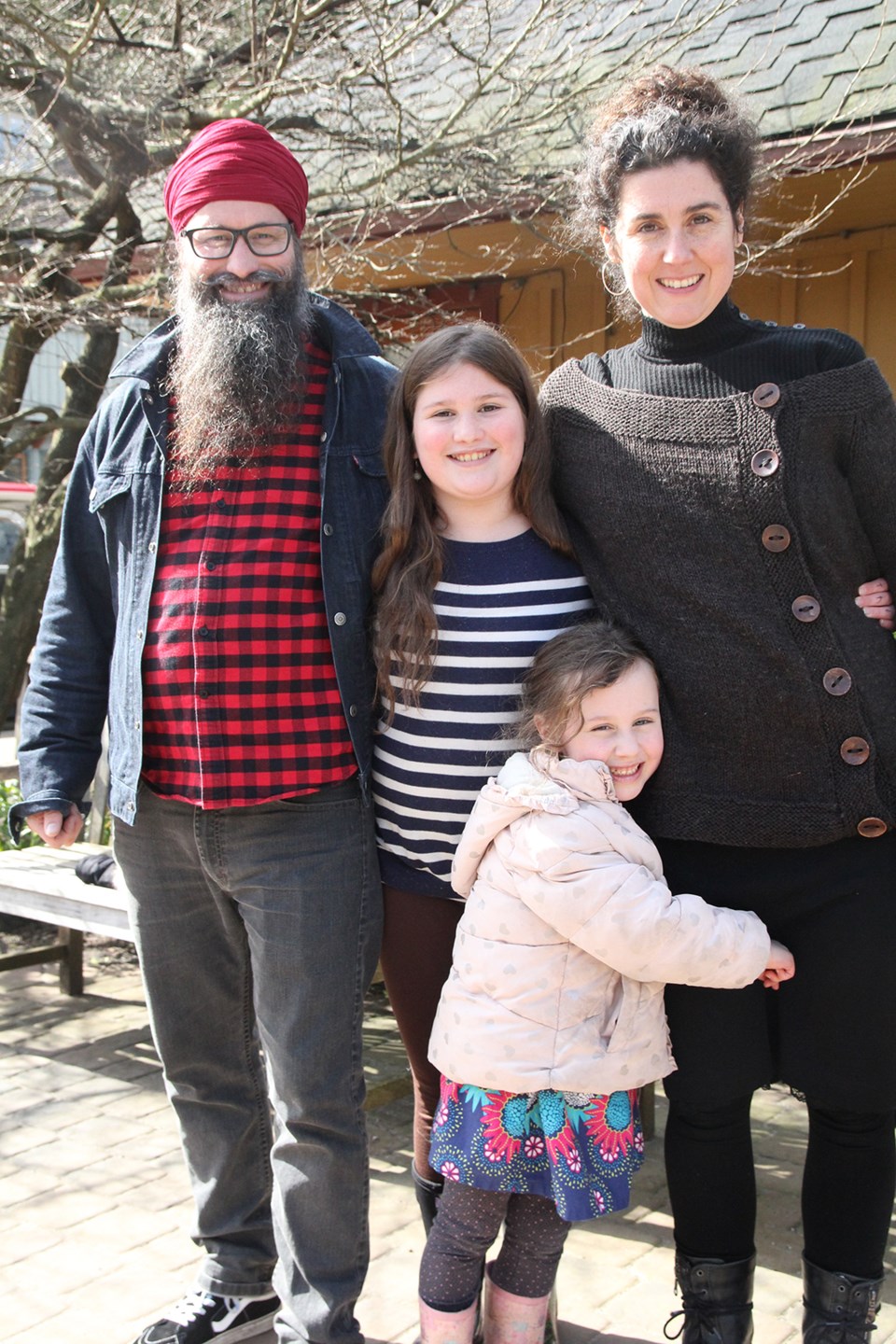Erin Naismith, her husband Qurban, her daughters and her father have found a new home, but their sense of instability on Bowen Island remains as they know they will face uncertainty again in a year’s time. They also know, that they are not the only family feeling this way.
“It’s horrible,” says Erin. “There is so little available to rent, when you go to check out a place you feel like you have to compete with other families for a place to live. I really didn’t have that sense of Bowen five years ago when we moved here. And then you look around and see all of these empty houses, it is really frustrating.”
Recently released statistics show that while Bowen’s population has grown 8.2% since 2011, the number of “private dwellings not occupied by usual residents” (otherwise known as second homes or vacation properties) has increased by five since 2011, and by 75 since 2001.
Municipal Councillor Maureen Nicholson clarifies that the number of second homes has in fact remained steady in relation to the size of Bowen’s population, a fact she says she finds surprising. Also, the rate of home building on Bowen has remained steady since 2001.
Nicholson presented these statistics, and others that have been released by Statistics Canada’s at a recent Economic Development Committee (EDC) meeting. She says that Statistics Canada will continue to release census data in the coming months that will fill in the gaps on how people are living and traveling on Bowen, and all of it will serve to help the municipality make better planning decisions.
“I think what’s happened on Bowen over the past few years is that people who have bought homes are actually living in them, instead of renting them out,” says Nicholson. “But information we get in the next few months will confirm whether or not that theory is correct. Also, we are looking forward to knowing how many permanent residents are renters.”
Architect Robyn Fenton, who heading up the newly formed Bowen Housing Network, says the lesson she takes away from the census data is that Bowen, like the rest of the lower mainland, is reaching a “pinch point,” and planners need to be looking at innovative solutions as opposed to relying on the creation of more single-family homes to cover a community’s housing needs.
“I think maybe part of the reason we have reached this point of crisis is a lack of data,” says Fenton. “More census data will be great, but we also need more data about what people want and need right now instead of what simply exists.”



